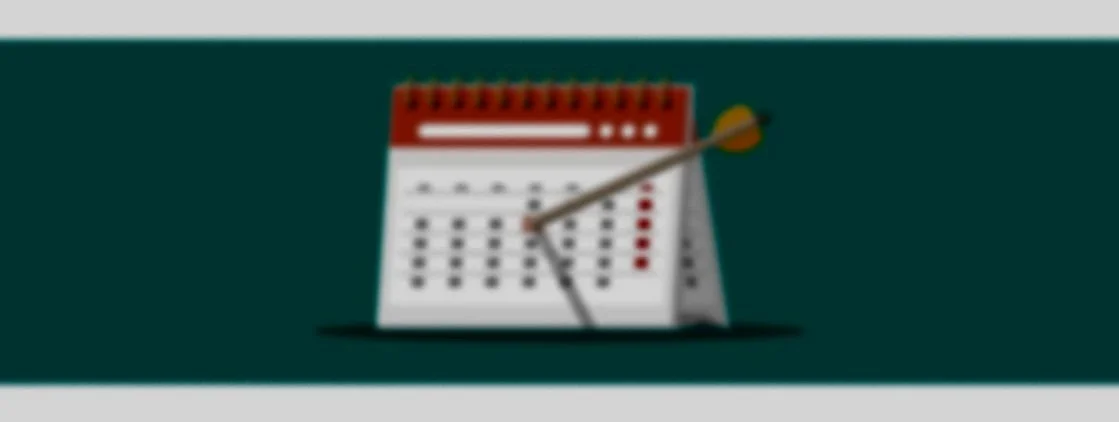Investor Minute
The Downside to Target Date Funds
Legendary infomercial pitchman Ron Popeil wasn’t just the inventor of the Chop-O-Matic, the Pocket Fisherman, and Mr. Microphone. He was also the creator of one of the greatest slogans in marketing: “Set it and forget it.”
He used this tagline to sell his Showtime Rotisserie & BBQ, which moved more than 8 million units in the U.S. alone.
Popeil understood that even more appealing than his countertop roaster’s ability to make delicious food, was its autopilot feature. Once you put in your chicken, you didn’t have to think about it again until it’s done.
The appeal of “Set it and forget it” is why many people have chosen to save for retirement by investing in Target Date Funds (TDFs). Essentially, you pick your target retirement date and the fund automatically does the rest, adjusting things like asset allocation and risk exposure in the appropriate range for your age.
Because of this seemingly autopilot feature, TDFs have grown in popularity. In 2007 just a quarter of retirement savers used them. But by 2019 that number had grown to 60%. And today nearly 90% of company 401(k) plans offer the option of TDFs.
At first glance these funds might seem like a great idea. When everything about your retirement investing is programmed to be handled automatically, you don’t have to give your nest egg a second thought. But unfortunately, things don’t always end up working the way they were designed to. And these funds have been getting more critical scrutiny, including a class action lawsuit on behalf of unhappy investors.
Target Date Funds have several potential drawbacks. The first is that segmenting investors simply by age (or years to retirement) is not a very precise way to plot an investing plan or measure an individualized risk profile. No two 40-year-olds are exactly alike. Not only will they differ in fundamental things like income, cost-of-living, and life goals, but they will most likely not have the same retirement age. For most people, 25 years in the future seems remote. And so they just pick the suggested retirement age of 65.
The other significant problem with TDFs has been their handling of risk. Because a loss in the years immediately before retirement is likely to have the biggest negative impact, these funds are designed to proceed along a “glidepath” where exposure to stock risk gradually decreases as the retirement date nears.
Unfortunately, this is not what has been happening with some of the most popular TDFs. Rather than controlling risk as promised, these funds were experiencing losses at or above what the market experienced as a whole. As a result, many have joined the class action lawsuit against the funds’ management companies.
The idea of simplifying or automating some parts of investing has merit. For example, setting up your retirement contributions to be automatically withdrawn each month. But because each investor is unique, a one-size-fits-all plan based on an estimated future retirement year may not work as well as a target risk approach in the long run.
Because life is full of unexpected changes, the prudent investor will enlist the help of a trusted advisor, communicating regularly about their ongoing plan. The advisor will not only help them navigate the ups and downs of an unpredictable market but will also hold them accountable each step of the way. Protect your portfolio from volatile markets. I have some ideas for you. Click here to schedule a free call with me.


